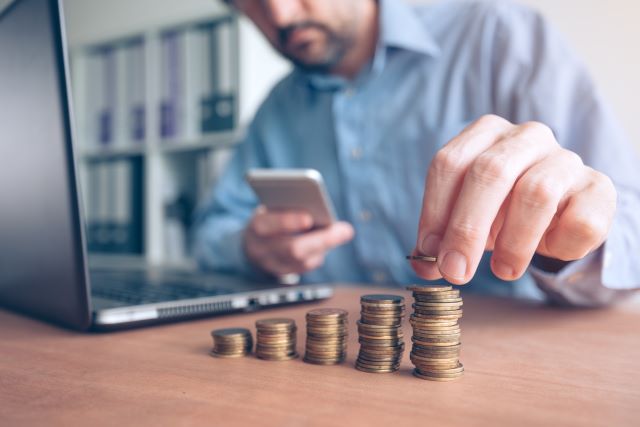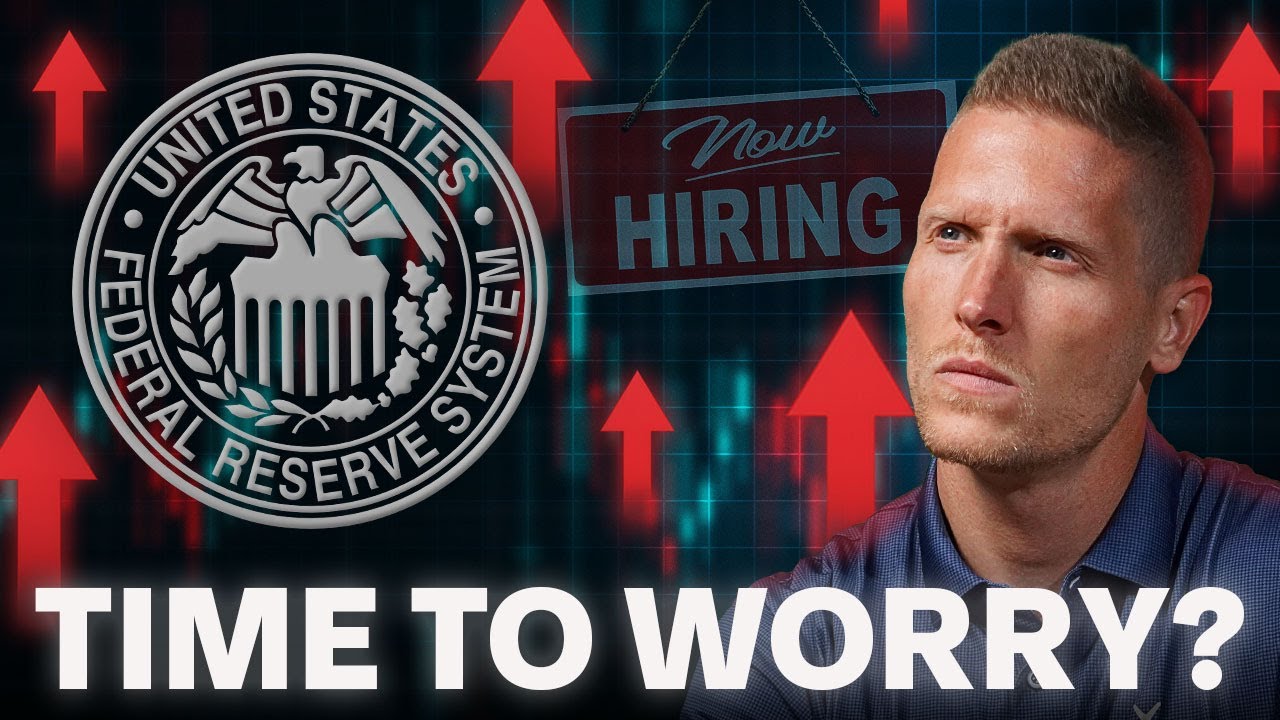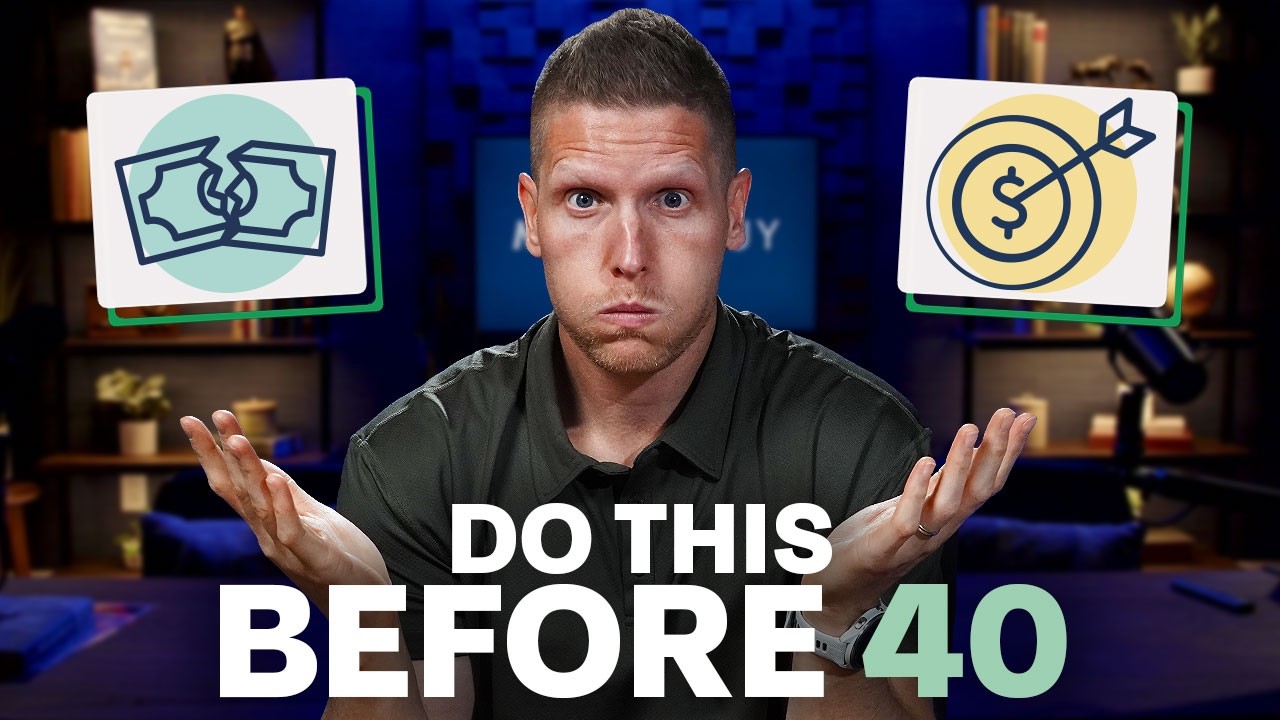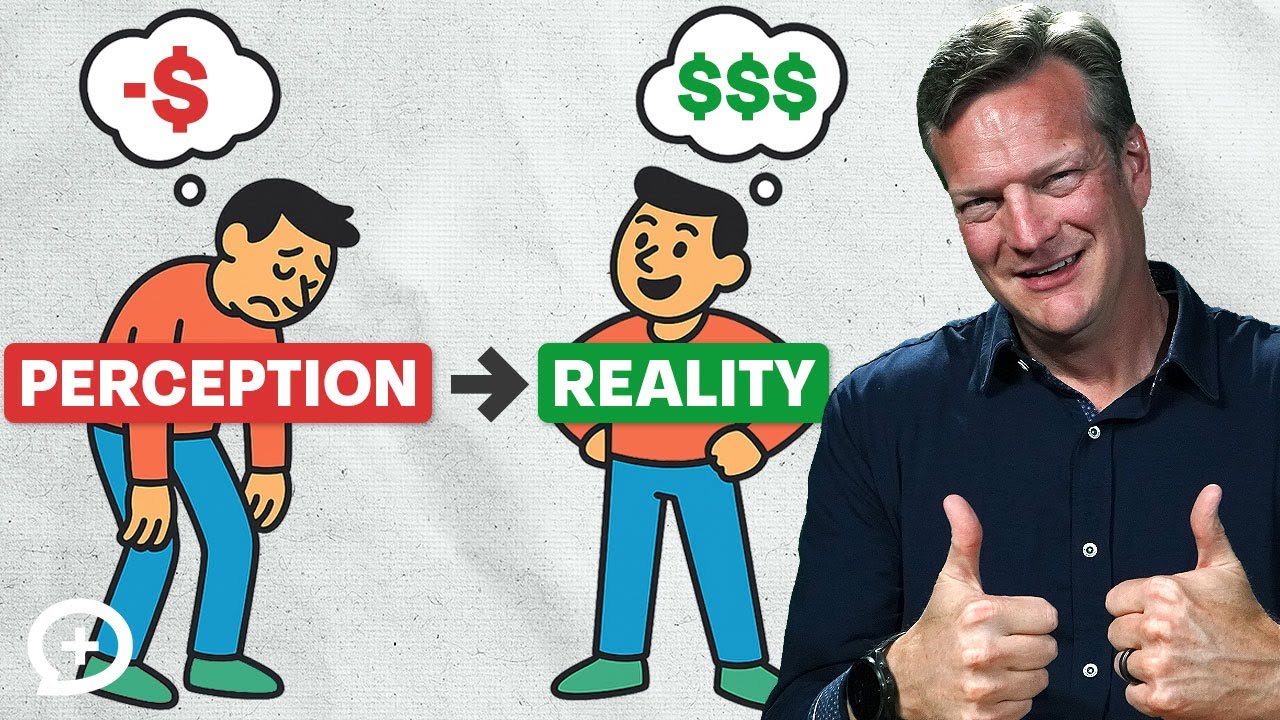
No one can predict a global pandemic, and it’s just as difficult to predict what impact it may have on the economy and financial world. It is difficult to sit idly by during the current market volatility and do nothing. After all, as we know from Warren Buffett, volatility can create opportunity. Not every piece of news is actionable, though, and not every movement in the financial world requires an equal and opposite reaction.
The danger of overreacting
There may be just as much danger in overreacting as there is in doing nothing and underreacting. Data from FRED shows that money flowing into money market funds was at a near high in the fourth quarter of 2008, at the same time the S&P 500 was close to bottoming out. This means that many Americans took much or all of their money out of the market at the bottom. Many Americans may be in danger of doing the same thing this year.
In an ideal world, we would simply move all of our money out of the market at the peak, and move everything back into the market at the bottom. In reality, that’s impossible. Trying to time the market can cause a much greater financial loss than simply riding it out and staying in the market. Overreacting to moves in the stock market can be harmful to your financial health. In many situations, it’s better to do nothing at all than to overreact.
There are several financial planning opportunities that can arise amidst market volatility. Now could be a great time to move out of positions that you no longer have a gain in or positions that you now have a loss in, known as tax-loss harvesting.
Tax-loss harvesting
Tax-loss harvesting is the practice of selling a security that has a loss. By realizing losses, investors may offset taxes on gains and/or income. You can think of harvesting losses as making the most out of a bad situation. No one wants the value of their investments to drop, but if they do you may want to take advantage of the tax benefits that come along with realizing a loss.
Buying opportunities
We don’t know when or where the bottom of this market is going to be. We don’t know if it’s weeks or months away, or if it’s already happened. We do know that a significant portion of the gains in a bull market occur early in the rally. Nobody wants to miss out on the beginning of a bull market, but trying to time the market could mean exactly that, missing out. If you take your money out of the market when volatility hits, you risk taking your money out at the bottom or near the bottom of the market. If you wait until the next bull market begins to put your money back in the market, you risk missing out on some of the greatest and most substantial market returns.
Dollar cost averaging can be even more impactful than usual during times of market volatility. Averaging into the market makes it easier to get out of your own way; there’s no guessing where the bottom or the top is, and no concern with when to invest.
Is your emergency fund big enough?
For some, now may be the first time they have lost a job and will be the first true test of their emergency fund. Now is a better time than any to reconsider how big your emergency fund is. When things are going well, it’s easy to feel like you can get away with keeping very little cash on hand for emergencies. It’s not until times are tougher that the true value of an emergency fund is realized.
This is not to say that you need to hoard cash in a large emergency fund, but having enough cash on hand to make it through an emergency like the loss of a job could save you from having to tap into your retirement savings or use a credit card. The general rule of thumb for emergency funds is to keep between 3-6 months worth of expenses in an online, high-yield savings account. For those at greater risk to job loss, that amount may need to be greater.
The coronavirus outbreak has shown us that some industries can experience substantial growth while others experience substantial job loss. Grocery and restaurant delivery services have exploded in popularity since a huge portion of the population is staying inside their home. Online retailers such as Amazon are also experiencing a surge in demand, as are many brick-and-mortar grocery stores. Jobs we may not have thought of as essential before, like package delivery workers and grocery clerks, are showing just how essential they are to the American economy.
Are you at the right level of risk?
Now is also a greater time than any to reevaluate your risk tolerance. When times are good, like they have been for the last decade, some fall into the trap of taking on more risk than they can handle. When it seems like the market is constantly going up, the fear of missing out on big gains often outweighs the fear of market volatility.
The fear of market volatility has been much realer recently, which means it’s a good time to scrutinize your preferred level of risk. How does the recent market decline feel? Do you think you would be able to stomach a sharper decline, or is it hard to stomach this decline? It may not be the best idea to change your level of risk in the middle of a market decline, but you should take note of how you react to this decline and subsequent recovery. Your risk tolerance will not change, but the market decline may reveal that your risk tolerance wasn’t as high or as low as you thought it was.
We’re committed to creating the content and financial information you need throughout the coronavirus outbreak, and this week’s show has even more information on how to financially handle the coronavirus. Watch our latest show, “The BEST Financial Strategy During the COVID-19 Pandemic,” on YouTube below.













